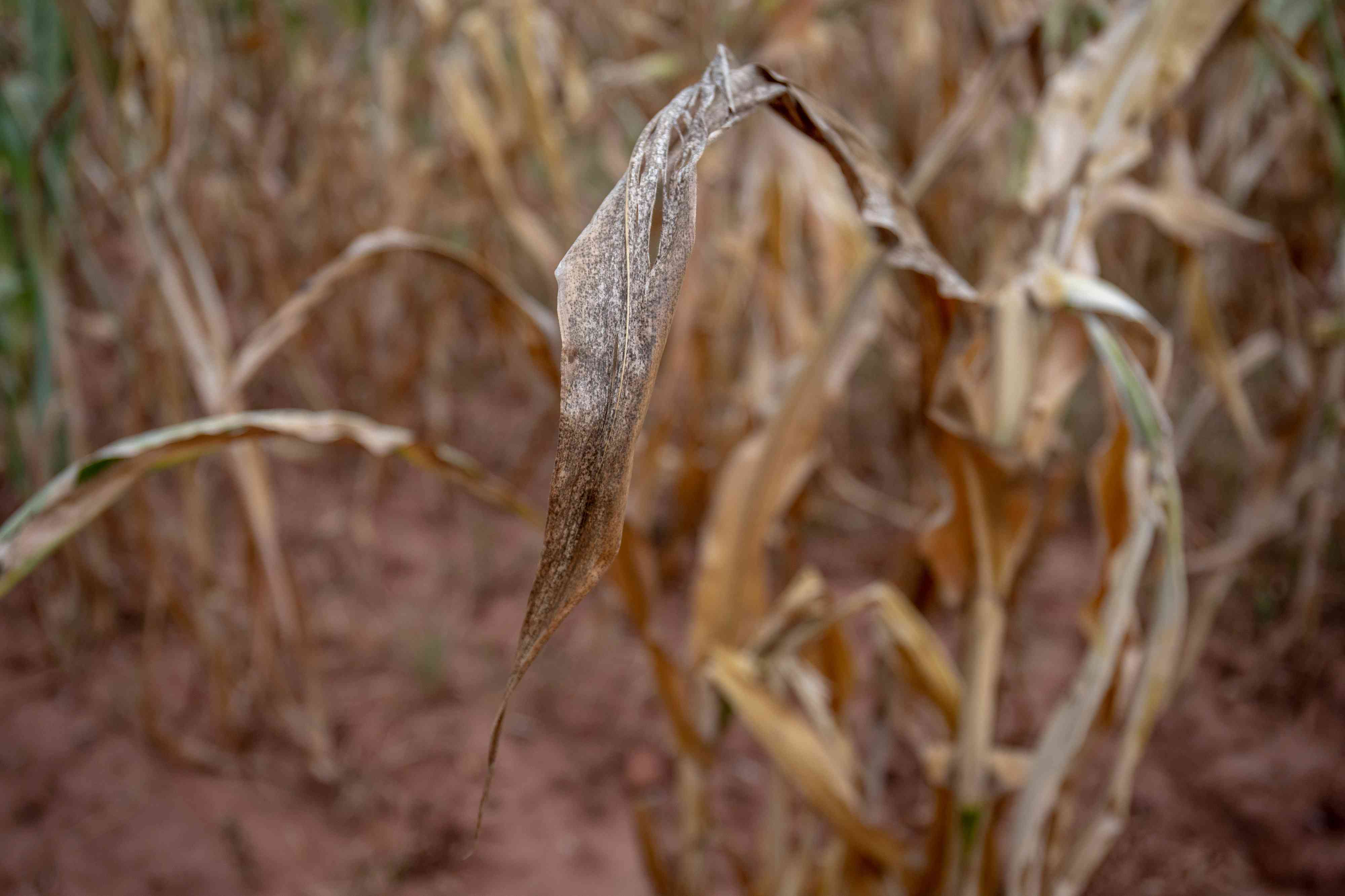
BY LORRAINE MUROMO THE Migratory Pests and Biosecurity Control Department (MPBCD) has forecast an increase in the number of roosting sites for quelea bird as the winter wheat crop reaches maturity stage.
The MPBCD falls under the Lands, Agriculture, Fisheries, Water and Rural Development ministry.
According to research by the United Kingdom-based organisation, the Africa Soil Health Consortium (ASHC), the red-billed quelea is a small brown weaver bird that can occur in huge flocks and is the world’s most abundant wild bird.
The bird is mostly found in Africa, especially in semi-arid zones.
Quelea birds invaded Zimbabwe’s farming areas last year, resulting in a 30% loss of winter wheat crop.
Last month during a post-Cabinet meeting, the MPBCD, however, assured farmers it had adequate stocks of the required deterrent chemical.
In an interview, Migratory Pests and Biosecurity Control Department acting director Shingirayi Nyamutukwa said they had already begun the process of ensuring that the scourge is under control, taking into consideration that quelea birds were more prevalent in wheat-growing areas.
“As a department dealing with migratory pests and biosecurity control, we are very much aware that we need to ensure wheat self-sufficiency at all costs and hence the need to promote early warning systems that enable quick response and control of quelea birds to avert heavy losses that are likely due to bird damage,” Nyamutukwa said.
- Chamisa under fire over US$120K donation
- Mavhunga puts DeMbare into Chibuku quarterfinals
- Pension funds bet on Cabora Bassa oilfields
- Councils defy govt fire tender directive
Keep Reading
“With respect to quelea management, we talk of roosting sites during this time of year that we have controlled. These are sites used by birds for overnighting or sleeping. The populations of quelea migrate to areas where wheat is grown, in this case we target the roosting sites.”
During last month’s Cabinet meeting, MPBCD assured farmers that the Zimbabwe National Geo-Spatial Space Science Agency would carry out control operations using drone technology.
This saw a Command-and-Control Centre established to ensure better mapping, tracking and control of quelea during the winter wheat season.
“Beginning this year, we have started with control in traditional breeding grounds as indicated on the map,” Nyamutukwa said, adding that some areas could not be said to be fully cleared as one site can have birds more than once after a successful control.
Despite these challenges, the department says it had made huge strides in different parts of the country to ensure that wheat farmers did not fall victim to the marauding birds.
“At least we have controlled more than 10 breeding sites in Muzarabani, Gonarezhou, Pandamatenga and other Lowveld areas. This was up to April this year. We have also done controls in Chinhoyi, Chegutu, Kadoma, Marondera, Kwekwe, Chiredzi, Chipinge,” Nyamutukwa said.
Nyamutukwa also said the quelea birds in winter are mainly concentrated around wheat producing areas.
Mashonaland, Masvingo and Midlands provinces are expected to experience high quelea numbers since wheat hectarage increased in these areas this season.
A report last month by the Food and Agriculture Organisation (FAO) titled FAO in Emergency Response to the Outbreak of Quelea Quelea Birds in Tanzania confirmed that the bird was hurting Zimbabwean crops, as well as those in Tanzania and Botswana.
“An estimated 21 million red-billed (quelea) birds are currently ravaging rice, sorghum, millet and wheat fields in eight regions in the southern highlands, central and lake zones of Tanzania. The invasion of unusual large populations is threatening other regions in the country. The pest has also been reported in Botswana and Zimbabwe farming areas,” FAO said.
“The average quelea bird eats around 10 grammes of grain per day, so a flock of two million can devour as much as 20 tonnes of grain in a single day, with an estimated adult breeding population of at least 1,5 billion.”
According to FAO, the red-billed quelea is an avian pest in Africa causing damage of approximately US$88,6 million annually.
The bird is a seed-eater, both of wild grasses and cereals such as sorghum, rice and wheat, but also insects, including pests of crops.
“Quelea attack crops when other natural food sources are exhausted. Rainfall linked to germination of wild grass seeds is used to predict likely growth in flocks and to plan early control interventions,” reads part of the ASHC research.
“Control methods include spraying fenthion, an organophosphate, but this also kills non-target birds and the pesticide needs careful handling. Other methods with fewer side-effects include fire bombs and dynamite. Large-scale control efforts need area-wide co-ordination, farmer co-operation and adequate funds.”
Other control methods also mentioned used by smallholders range from scaring tactics and physical barriers, to home-made weapons (e.g. catapults) and can be locally successful if the threat of bird damage is relatively low.
- Follow Lorraine on Twitter @RMuromo











